
The benefits of dog walking

Spending time with your dog is a great way to work on the eight pillars of Total Force Fitness. According to the Centers for Disease Control and Prevention, regular walking or playing with pets can decrease blood pressure, cholesterol levels, and triglyceride levels. Pets can also help manage loneliness and depression by providing companionship. (Courtesy photo)
Did you know that spending time with your pooch is a great way to work on the eight pillars of Total Force Fitness? While National Walk Your Dog Month is over, the health benefits can last all year long!
So get up, get moving, and don’t let those frigid winter temperatures slow you down. Walking is a great way to keep you and your dog physically, psychologically, and socially fit this winter.
“Don’t think of it as a chore,” explained Army Maj. Tselane Ware, director of Public Health Command-Pacific Veterinary Health Services Directorate. “Going for a walk is a good bonding time between you and your dog. It helps with social and physical health, so you and your dog are not couch potatoes.”
According to the Centers for Disease Control and Prevention, regular walking or playing with pets can decrease blood pressure, cholesterol levels, and triglyceride levels. Pets can also help manage loneliness and depression by providing companionship.
“Dog walking not only encourages people to get out of their homes and socialize, but pets also benefit. Owners can see if their dog has any health or behavioral issues,” Ware explained.
Many pet owners are often unaware of bowel or urinary issues when a pet is only let out in a yard.
“When you walk your dog you can actually see if they are having a hard time going to the bathroom, or have issues like worms,” Ware continued. “Often owners don’t even know there is an issue until they take their pet for a walk.”
Even a short walk around the block on a cold day can make a big difference.
“Certain types of dog breeds really do require multiple walks throughout the day,” explained Army Maj. Jean Rubanick, chief of Animal Health at the PHC-P VHS Directorate.
According to the American Kennel Club, many dog breeds have been selectively developed for herding, sporting, or working, which means they need to stay active. These types of breeds can get bored or restless and can resort to poor behavior, excessive chewing, digging, and scratching.
“Often pets are cooped up in a home or apartment. So going for a walk provides them needed stimulation,” continued Rubanick.
Rubanick warns that not every dog is the same, owners should consider the age and physical needs of the dog before going for a walk.
“Often, older dogs suffer from arthritis,” said Rubanick. “While exercise is good, owners should avoid walking arthritic pets on hard surfaces like cement and concrete, and terrain with hills or loose sand.”
Instead, she recommends that arthritic pets walk on softer surfaces like grass.
Rubanick also recommends that owners pay attention to winter weather conditions and make special considerations when walking their pets in the cold.
“If it’s something that can affect us it can certainly affect the pet,” Rubanick explained. “If the ground is extremely cold dogs can get frostbite on their toes or pads. Owners should avoid walking their dogs in freezing rain or on ice. Some pets may even need little boots or jackets to protect them from the cold. Owners just really need to watch for signs of when their pet is ready to go inside.”
But before you and your pup head out on a walk, the PHC-P VHS Directorate recommends these tips to make your time together a much more enjoyable experience:
- Incorporate obedience training into the walk.
- Supervise your dog around other dogs and people.
- Know your route ahead of time.
- Consider using a head collar versus a neck collar or harness.
- Keep walks shorter in extreme cold or heat.
- Avoid going for walks in heavy snow or at night.
“The biggest take away that I want military members and their families to know is that even though it’s cold outside, and you may not want to leave your house, walking your dog has really great health benefits for both of you,” said Rubanick.
So, put down your phone, grab that leash, and begin this year with a pledge — better health for you and your dog.
Disclaimer: Re-published content may be edited for length and clarity. Read original post.
Athletic trainers are enablers of Marine Corps readiness
Article
1/29/2020
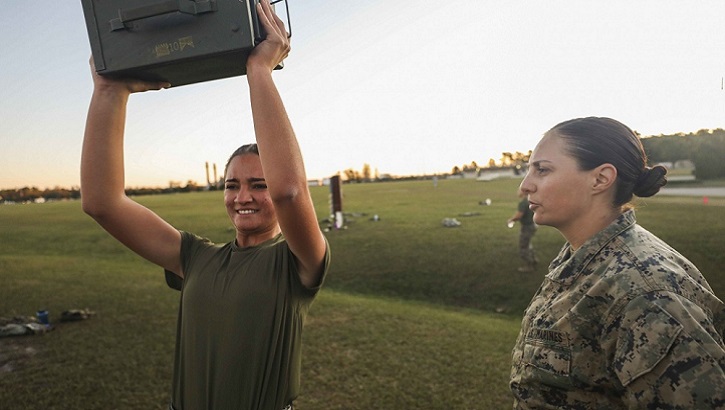
Athletic trainers are arriving at units throughout the Marine Corps to help keep Marines in the fight longer
The simple – and complicated – task of shoveling snow
Article
2/5/2019

When in the throes of winter weather, there are ways to prepare for a successful, injury-free snow shoveling activity
New Year, New You
Article
1/28/2019

One of the major pitfalls as to why diets fail is “jumping in with both feet”
A new year marks a new you
Article
1/18/2019
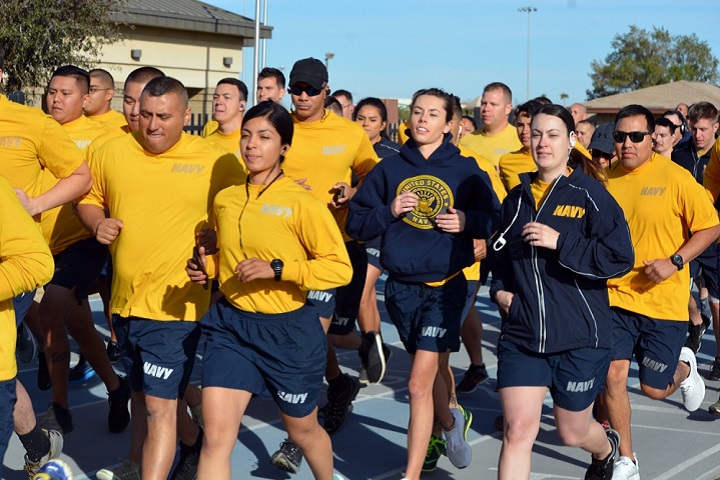
Changes in lifestyle don’t have to be drastic to be effective
Sticks and stones can break bones – and so can osteoporosis
Article
10/11/2018

Steps to take today to build a future of healthy bones
Swimming for good health: Just go with the flow
Article
9/6/2018

Aquatic exercise is a low-impact alternative to running
Going the distance runs in the family
Article
6/14/2018
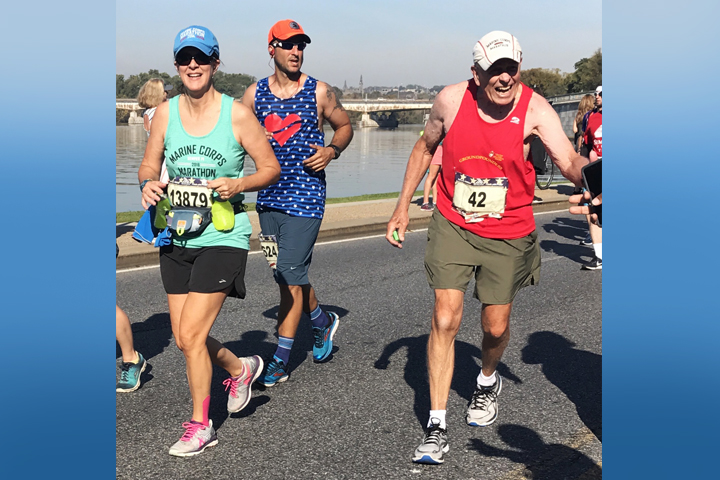
For this father/daughter team, running, and the Marine Corps principles that carry them, are in their blood
Deep vein thrombosis: What you need to know
Article
4/9/2018

Everyone’s potentially at risk, vascular surgeon says
Small changes, big results: Healthy lifestyle choices can make a difference for heart health
Article
4/6/2018

Risk for heart disease, the number one killer of Americans every year, can be decreased through healthy lifestyle and nutrition choices
Traumatic Brain Injury and the Art of Paddling
Article
3/7/2018
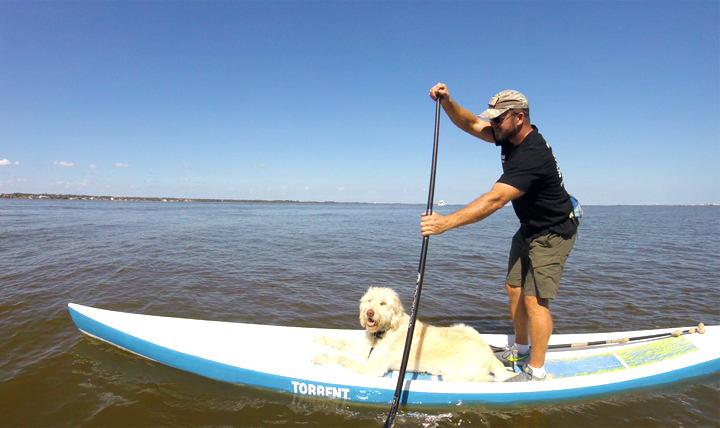
A U.S. Army veteran’s recipe for embracing life after several TBIs
Update: Exertional Rhabdomyolysis Active Component, U.S. Armed Forces, 2012 – 2016
Infographic
4/4/2017

Rhabdomyolysis is characterized by the rapid breakdown of overworked intracellular muscle, skeletal muscle cells and the release of toxic fibers into the bloodstream. It is a significant threat to U.S. military members during physical exertion, particularly under heat stress. This report summarizes numbers, rates, trends, risk factors and locations of occurrences for exertional heat injuries, including exertional rhabdomyolysis for 2012-2016.
Update: Exertional Hyponatremia U.S. Armed Forces, 2001-2016
Infographic
4/4/2017

Exertional Hyponatremia occurs during or up to 24 hours after prolonged physical activity. It is defined by a serum, plasma or blood sodium concentration below 135 millequivalents per liter. This infographic provides an update on Exertional Hyponatremia among U.S. Armed Forces, information on service members at high risk. Exertional hyponatremia can result from loss of sodium and/or potassium as well as relative excess of body water.
What is Rhabdomyolysis?
Infographic
3/21/2017
Rhabdomyolysis is the rapid breakdown of overworked muscle cells, following the release of toxic fibers into the bloodstream, causing many complications during physical exertion. This infographic provides information about the symptoms of Rhabdomyolysis, prevention and treatment.
12 Days of Fitmas
Infographic
12/14/2016

Want to stay in shape over the holidays, but not sure where to start? Guard Your Health has you covered with its 12 Days of Fitmas challenge – a daily dose of quick exercises you can fit into your hectic schedule! #MerryFitmas
Sunrise Yoga Class
Photo
9/29/2016
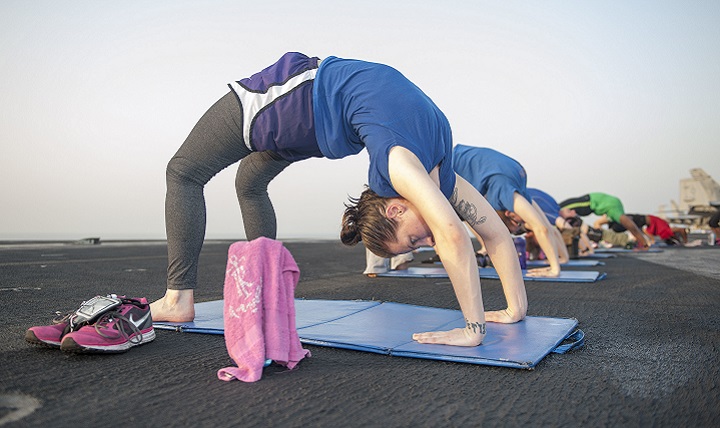
Navy Petty Officer 3rd Class Tara Paradiso participates in a sunrise yoga class on the flight deck aboard the aircraft carrier USS Theodore Roosevelt. If you’re thinking of adding exercise to your pain management plan, consider the following types: aerobic, strength, and flexibility. But make sure your exercise program is specifically tailored to your needs. Some exercises might be easier or more difficult to complete depending upon the type and location of your pain. (U.S. Navy photo by Mass Communication Specialist 2nd Class Chris Liaghat)






















.png)











No hay comentarios:
Publicar un comentario